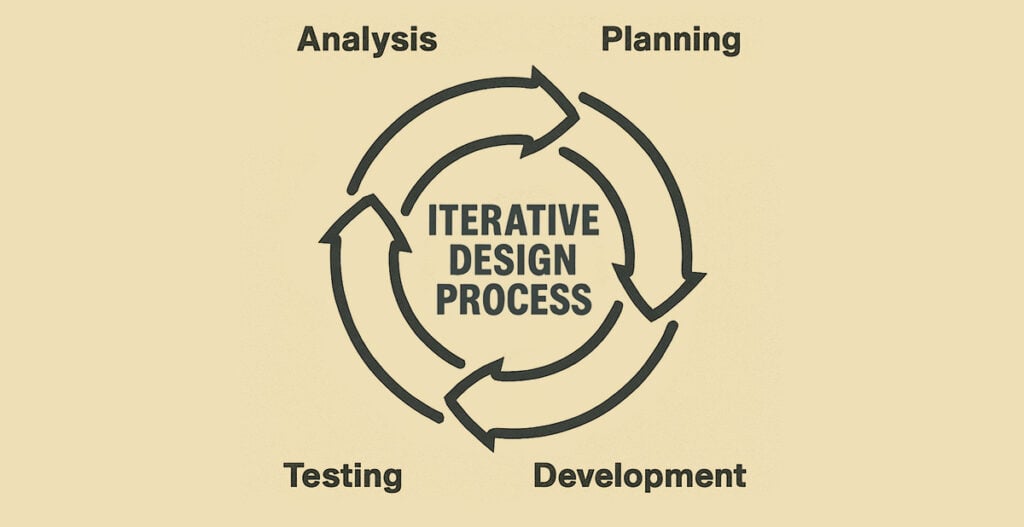The Design Process: key stages in design thinking
High school Design and Technology students create a coursework project that guides them through key stages in design thinking, following the design process:
- Design brief and specifications: in which you define constraints and outline a design problem;
- Research and analysis: in which you empathise with user needs, assess existing solutions, and gather appropriate data via primary and second-hand research, including market research;
- Generate concepts: an ideation process in which you challenge assumptions and create original design ideas;
- Development of ideas: in which you refine selected ideas through an iterative process involving detailed drawings, prototypes and modelling, and refinement of construction techniques;
- Production planning: preparing for manufacture with the creation of working drawings, parts and assembly drawings, and Gantt charts;
- Realisation: in which you build or model the final solution;
- Testing and evaluation: (carried out at numerous stages) in which you assess the final product using a range of destructive and non-destructive testing methods against the specifications.
Below is a collection of articles and examples to help high school students understand all stages of the design process.
